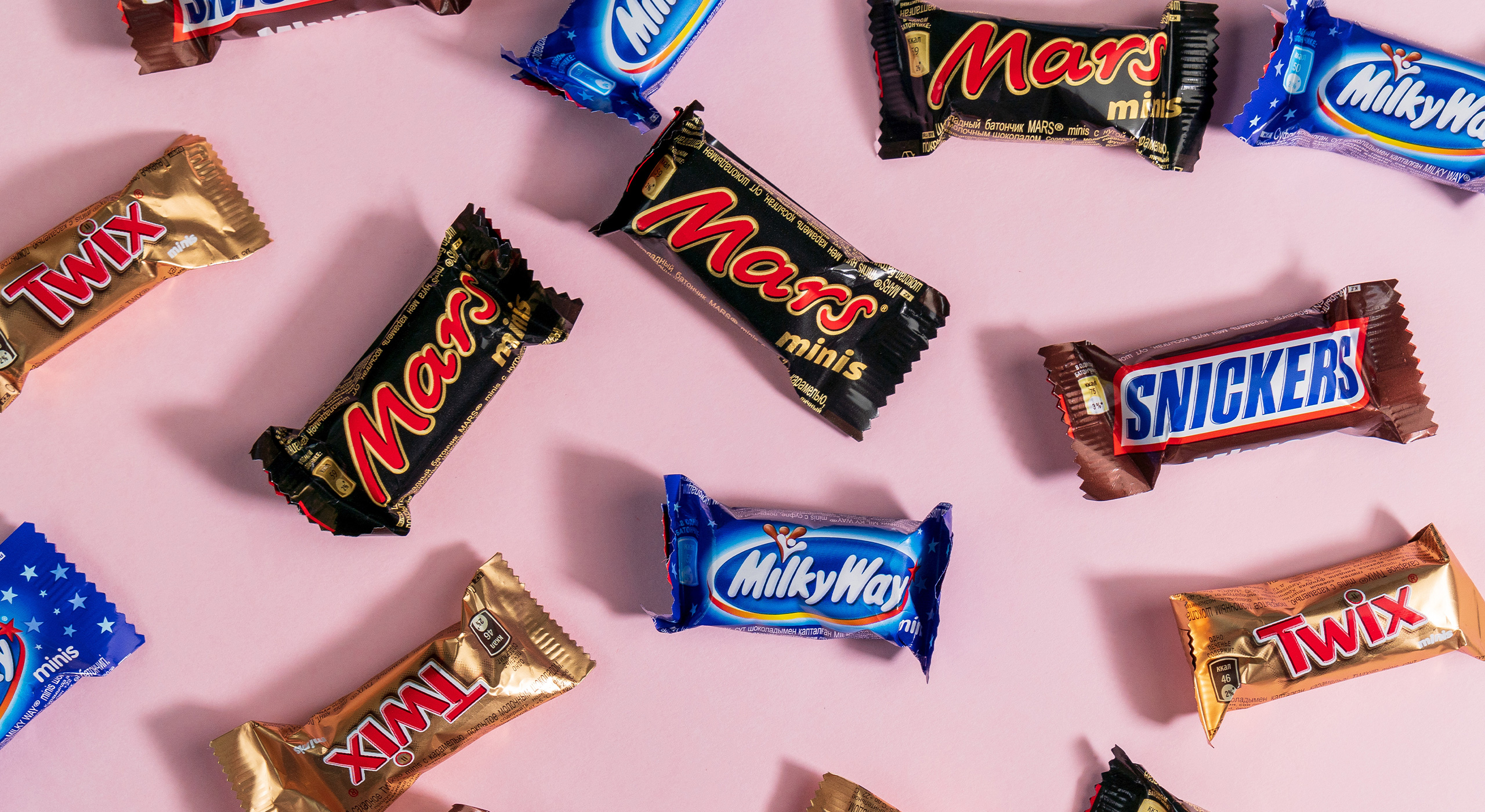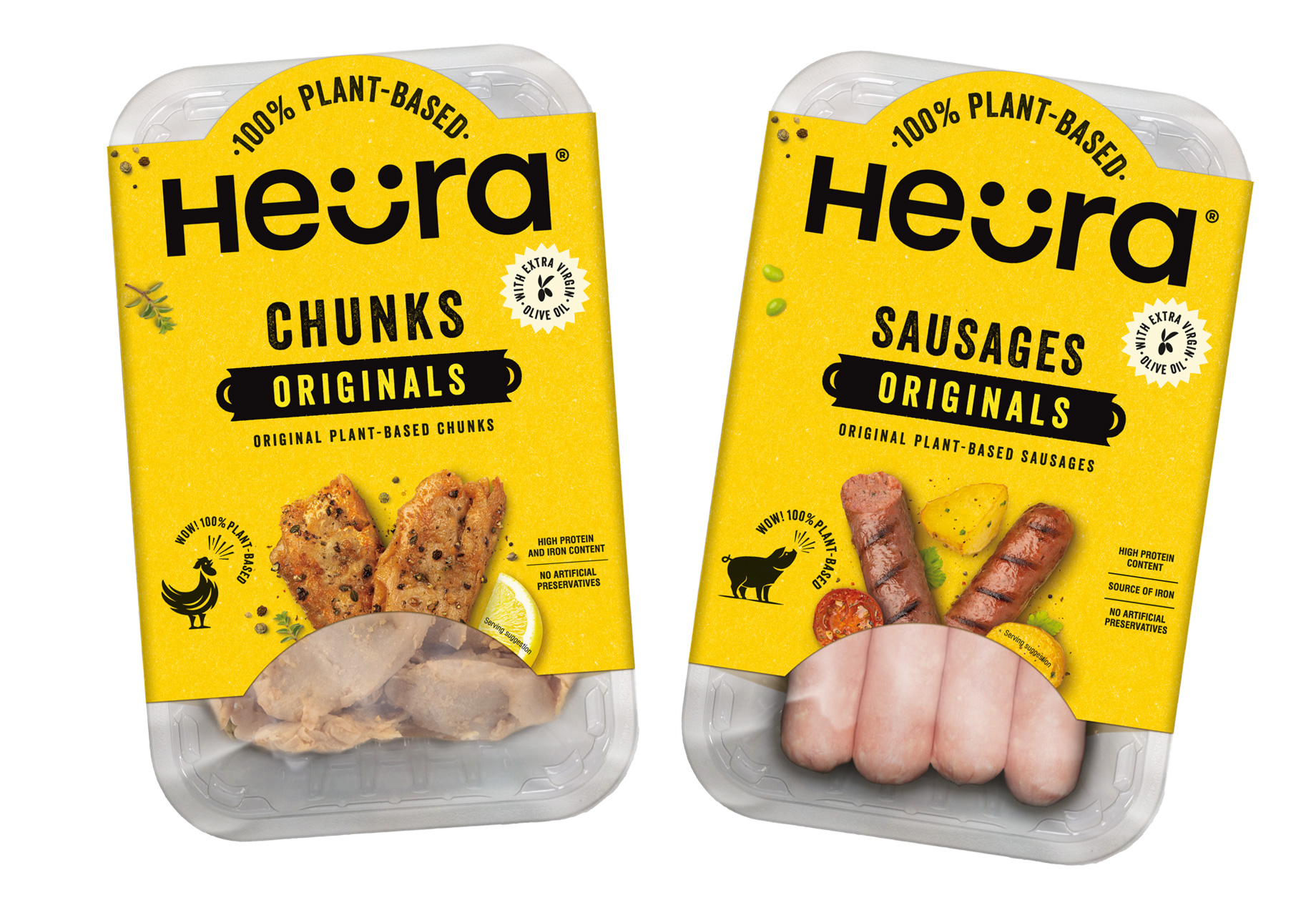
Packaging and emissions
Packaging: the carbon dilemma for food companies
Packaging accounts for a small proportion of a food company’s carbon footprint but remains high on the consumer, political and NGO agenda, leaving industry with some difficult decisions, says David Burrows.
F
ood manufacturers and brands that thought the pandemic, cost of living crisis and focus on climate change would have seen campaigners pull back on packaging have been left sorely disappointed.
Reuters recently published an investigation into how Unilever has “worked to undercut laws aimed at eliminating [plastic] sachets in at least three Asian countries”. NGO Changing Markets has a website dedicated to greenwashing with ‘plastics’ and ‘food’ among the first sectors under the spotlight. There is also going to be a UN treaty on plastic.
And, of course, there are consumers to consider. “Packaging is [often] the first touch point with consumers,” explains Laura Peano, global plastics lead at sustainability consultancy Quantis. “It really provides the first image of the brand to the consumer.” There is an argument a shopper takes more clues about a company’s efforts on sustainability (or lack of them) from its packaging than anything else.
And yet packaging makes up only around 10% of the average food group’s total greenhouse gas emissions. At Mars, it is 4%, at Danone it’s 10.5%, while at Unilever and Nestlé the figure is 12%. These are not insignificant amounts of emissions (11MtCO2e in the case of Nestlé) but companies have far bigger sources of carbon to mitigate – like agricultural emissions.
Food majors insist commitment remains
So will the ambitious climate commitments made by food companies see efforts to tackle packaging wane?
The short answer is no – at least not publicly. Just Food approached seven major manufacturers and none of those that responded indicated that would be the case. Mars, for example, talks of focusing on “multiple fronts”, including net-zero and packaging waste. “These priorities are not mutually exclusive,” a spokesperson says.
Plastic’s ties with fossil fuels have seen it badged as ‘the new coal’. Efforts to reduce packaging, integrate more reusable packaging and ensure what’s remaining is easily recyclable and contains as much recycled content as possible will all help companies curb emissions. The carbon footprint of recycled PET (rPET), for example, is up to 70% lower than that of virgin PET, explains Youssef Chtourou, global circular economy director at Danone. Packaging “is and will remain a key priority for Danone and our consumers. Our net-zero target is aligned with improving our packaging’s circularity”, he says.
Plastic punches
But there are tensions ahead. Brands were quick to switch materials when the pressure was on plastic but in some cases this actually increased their emissions. Now purveyors of plastic spy an opportunity in its (sometimes) ‘low carbon’ credentials leaving food manufacturers facing decisions about plastic packaging that looks good through a carbon lens but is seen as a pollutant.
Take Mars, which uses flexible plastic packaging. It is safe, convenient and reduces carbon more than many forms of currently reusable, recyclable or compostable packaging, a spokesperson says. However, it is not readily recyclable, which creates a headache and makes those who use these plastics an easy target for NGOs.
Soft plastics also tend to have a nasty habit of leaking out of the system. “We should universally prioritise solutions for the highest-leakage plastic categories,” Pew, a US think-tank, recently recommended. “Flexible packaging (bags, pouches, etc.), multi-layer and multi-material plastics (sachets, drinks cartons), and the microplastics that we modelled account for a disproportionate share of plastic pollution compared with their production, making up 47%, 25% and 11% of the leakage mass, respectively.”
Meanwhile, the presence of microplastics will “seriously interfere with the carbon fixation capacity of the ocean”, warned experts from Hunan University in a 2020 paper. “[…] the contribution of plastic pollution to greenhouse gas emissions and climate change should be given immediate attention and it needs to further explore the impact of plastic pollution on greenhouse gas emission and climate change,” they wrote.
There is hope new technology might offer solutions (provided the material is captured in waste treatment systems). Chemical recycling shows some potential to recycle soft plastics, with Tesco and Heinz turning these wrappers into pots for beans. Tesco says it is a “circular solution” but whether it works economically and environmentally is moot.
There is a broad church of chemical recycling technologies. Research by the Öko-Institut in Germany looked at one type, pyrolysis, and found greenhouse gas emissions are nine times higher than those in mechanical recycling; over half the carbon content of the plastic is lost during the process and has to be replaced by new plastic. There are a lot of ‘ifs and buts’ though, not least how to recycle soft plastics into food grade quality packaging through other means. Incineration, where more and more plastic ends up, is fast becoming a significant source of greenhouse gases.
No single packaging substrate is an absolute leader across every attribute of packaging sustainability
The challenges are many and the silver bullets non-existent. How tough it is for brands to decide which material to plump for was summarised succinctly in a June report by McKinsey, which looked back at the 15 papers the consultancy had published on the topic of packaging sustainability in the past few years. “Across this body of work, we have sought to convey a consistent message: no single packaging substrate (for example, plastic, glass, metal, or paper) is an absolute leader across every attribute of packaging sustainability, and all substrates have both positive and negative attributes that vary by sustainability dimension, application, and region.”
Consumer confusion
It doesn’t help shoppers are stumped, too. “[…] consumers are concerned but they remain confused about what sustainable packaging means,” noted McKinsey in a paper True Packaging Sustainability: understanding the trade-offs. The consultants illustrated how consumer perceptions of recycling don’t always align with the actual carbon impact of packaging.
Research published by the Sustainable Packaging Institute SPI at Albstadt-Sigmaringen University in Germany and Maastricht University in the Netherlands also showed how people’s perceptions of different packaging materials don’t often align with the scientific reality. “Consumers evaluate food packaging by affective feelings rather than using cognitive reasoning,” they wrote in their paper for the Journal of Cleaner Production. This, the academics added, means their buying behaviour “is in most cases less environmentally sustainable than intended”.
Brands have a job on their hands convincing a largely anti-plastic public of the sustainability credentials of this type of packaging. Some are explaining why they are sticking with plastic, while others are already reverting to the material.

Plant-based meat business Heura Foods has switched to plastics. Credit:Heura
Heura Foods, a Spain-based manufacturer of plant-based meats, is one of those to have switched to plastics on the basis of a life cycle assessment (LCA) of its packaging. The company’s previous packaging was made up of an 87% recycled cardboard tray and plastic coating but it’s now decided a 92% recycled PET tray and plastic lid is better. Details of the LCA results from Spain, France, Italy and the UK were released showing that the rPET tray had between a 23% and 47% lower carbon footprint than the cardboard one.
The use of recycled plastic in the tray is significant. Brands are having to increase their recycled content in the face of plastics taxes and the voluntary commitments they have made. This brings their emissions down, too.
Some publish these figures as part of the global commitment on plastics run by the Ellen MacArthur Foundation but many are keeping quiet. Data from the Better Food Index, shared with Just Food, show 23 of the 30 UK food companies assessed didn’t publish the percentage of recycled content in their packaging. Of those that did, Hilton Food Group registered the highest (57%), followed by Bakkavor (45.6%), Heinz (22%) and Premier Foods (18%). Nestlé managed just 3% and Mondelez 0.5%. Just nine of the 30 had committed to the UK Plastics Pact target to include at least 30% recycled content in plastic packaging by 2025.
Most will use LCAs which factor in a number of environmental metrics, including global warming potential, water use and land use. Kellogg is another that assesses any packaging changes via LCA to understand the impacts, including greenhouse gas emissions. Heura used six metrics in all and, in each, rPET ‘won’. Co-founder Bernat Añaños says the company will continue to make “data-driven decisions” on sustainability but suggests there is not a clear path.
These assessments have their limitations – they rarely consider microplastic pollution, for example – but a robust one can provide a decent steer. IGD, which provides insights to the grocery sector, has published a best practice guide to help the sector undertake packaging LCAs in a standardised way. Amanda Curtis, who led the work, says some questioned whether there needs to be as much focus on packaging given that it can account for as little as 2% of a retailer’s footprint. “I think quite rightly they are focusing on some of the bigger wins, like their ingredients, but they’re going to need every little bit of carbon savings.”
Round and round
Harmony and transparency are key when it comes to the use of LCAs. It is easy to muddy the waters with contradictory assessments. Heura’s card packaging had a 56gCo2eq footprint, whereas rPET was only 29gCO2e. Ask another expert to look at the same packaging and there’s a chance they could come up with a different answer. Paper comes out top in some LCAs on different formats in different geographies, for example, while there are also studies touting the benefits of more novel materials like compostables.
Pew’s report shows how different treatment options have “vastly different” greenhouse impacts. Again, there are caveats in the science: compostables are ranked far worse than even landfill currently but start to source and actually collect and compost this type of packaging and emissions could “decrease significantly over time”.
With all these contradictions it’s easy to get sucked into a carbon tunnel in order to find answers. But Pew’s experts caution that “when choosing the appropriate portfolio of interventions, all decision-makers must carefully consider the trade-offs between greenhouse gas emissions and preventing plastic from entering the ocean”. Peano at Quantis notes the risk of trade-offs with packaging is “very high” so a holistic approach is critical. Brands must go beyond carbon, looking at biodiversity, plastic pollution and circularity,” she says, but “this is honestly something that few companies are doing”.
Confusion reigns. But look at the data from Pew and speak to experts and one thing is (mostly) clear: start with reduction. Unnecessary plastic and packaging should be a low-hanging fruit for brands to pluck. Those who have signed up to voluntary plastic commitments have also set targets to slash their use of virgin plastic and have started to do so. By 2025, consumption of virgin plastic is set to fall by 19% (against 2018 levels), according to the Ellen MacArthur Foundation. That would mean avoiding eight million tonnes of plastic and “keeping 40 million barrels of oil in the ground” every year. It’s a tall order given current progress, however (a 1.8% reduction between 2018 and 2020 among EMF’s plastic commitment signatories).
Reusables also have to be scaled, which can offer considerable carbon and material savings. Again, there are caveats to consider. Tesco’s trial with Loop found shoppers preferred steel tins over reusable plastic ones but the latter use less energy and are cheaper. The anti-plastic sentiment runs deep, it seems.
So, where does this leave food companies? Mintel senior trends consultant Richard Cope suggests that they will need to “assert – and clearly communicate – the truly impactful actions they are taking to reduce emissions, rather than simply offset them or dip their toes into populist ‘plastic free’ campaigns”. Sometimes the two align but not always.